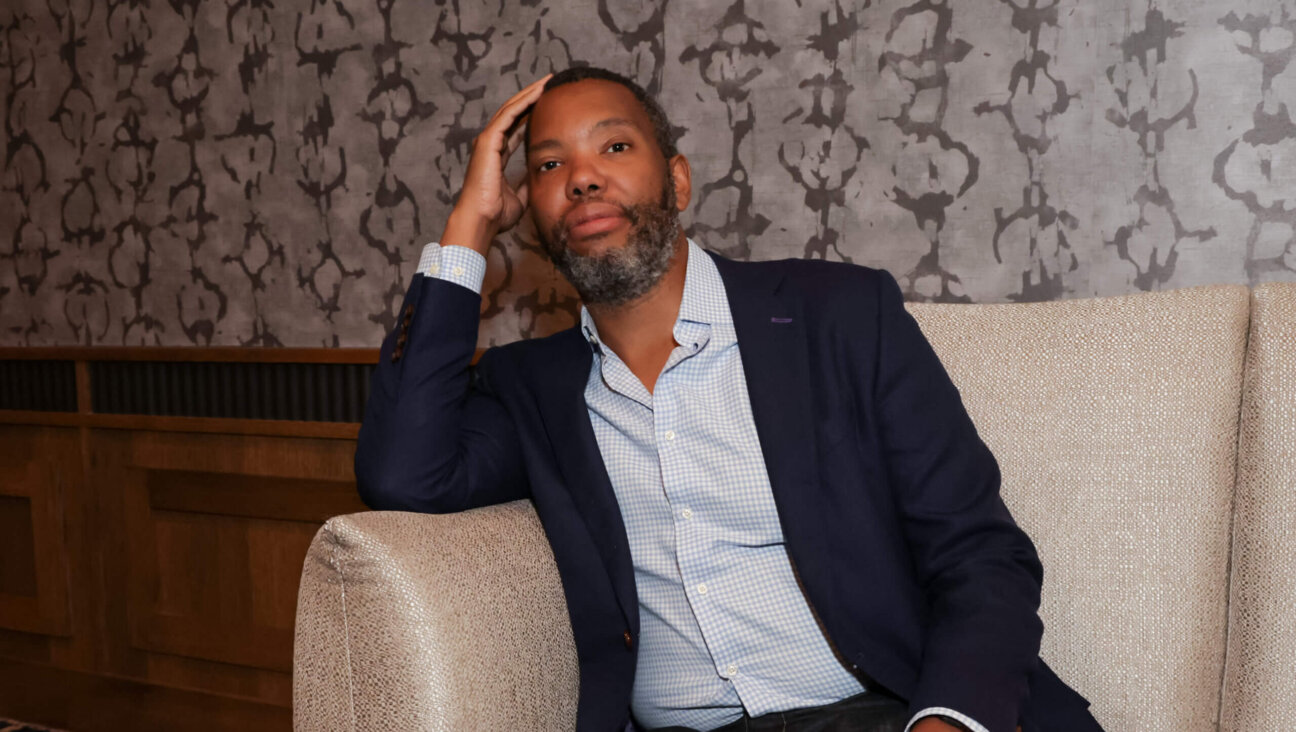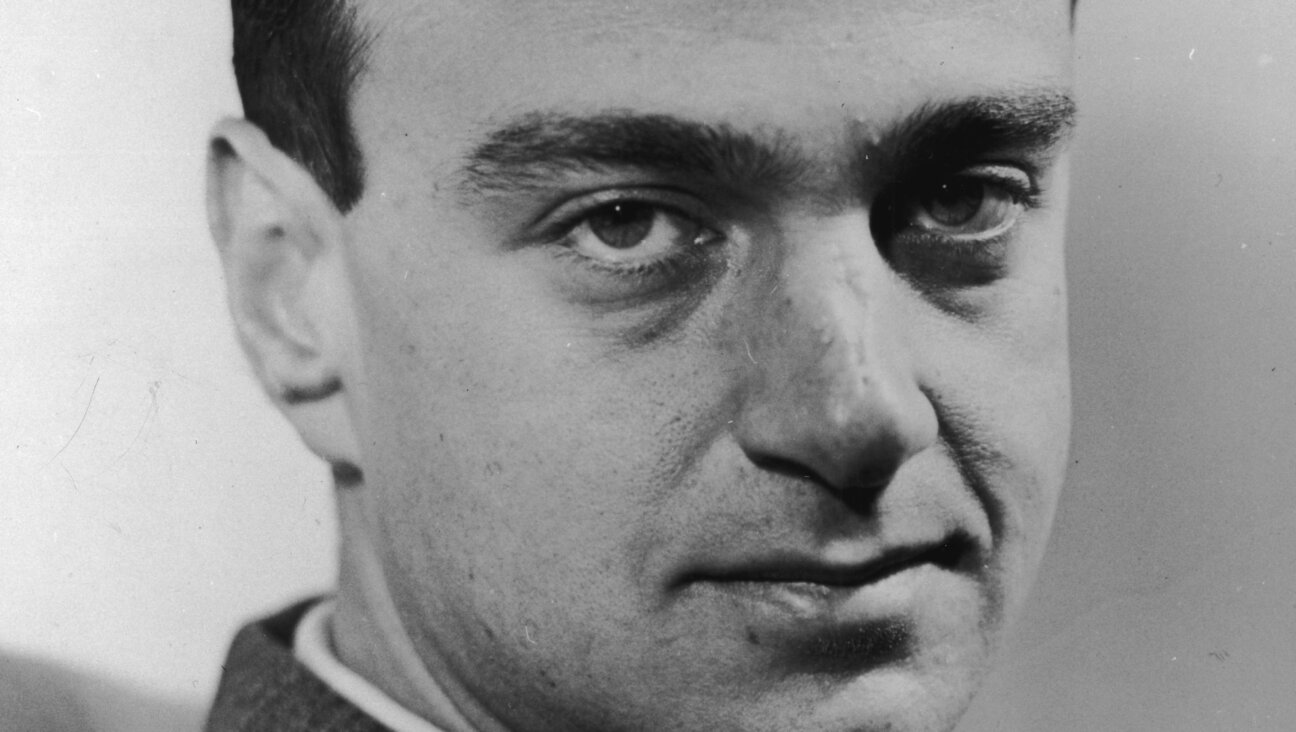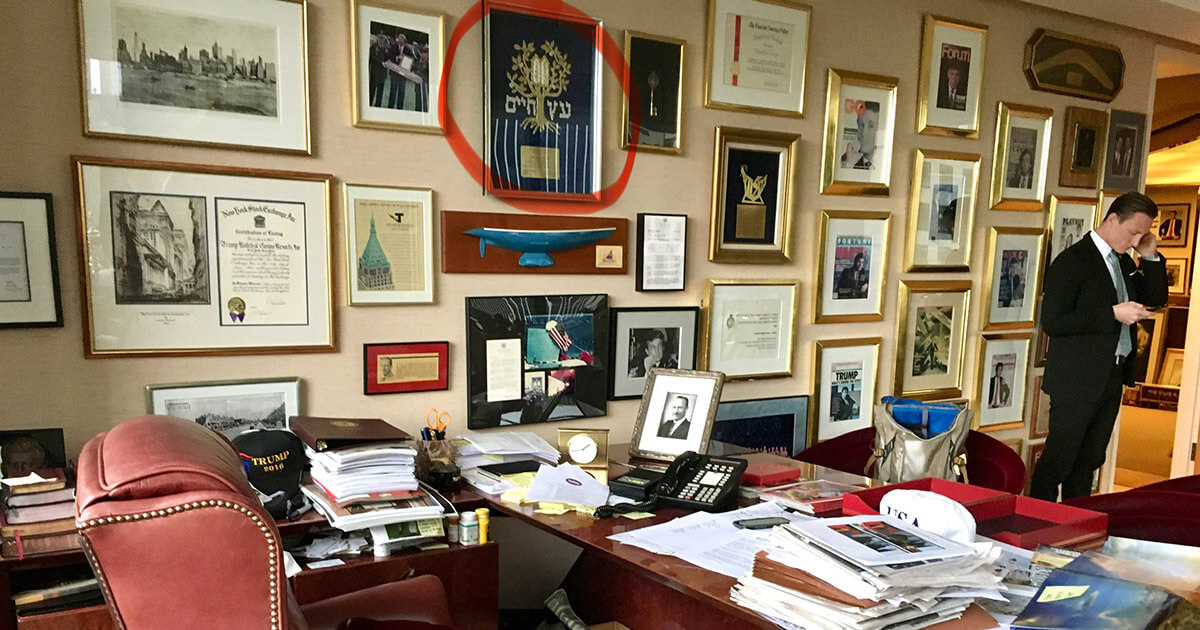Hergé, Creator of Tintin: Antisemitism for all Ages

Steven Spielberg’s 3-D Motion Capture film “The Adventures of Tintin: The Secret of the Unicorn” is due for release in 2011, but already publishers are hurrying to offer books about the Belgian artist Hergé (born Georges Remi in 1907) who created its characters.
The graphic tales of the blank-faced reporter Tintin, his dog Snowy, and friend Captain Haddock, are much beloved around the world. Now that “Hergé: The Man Who Created Tintin” by Pierre Assouline (Oxford University Press), a journalistic bio from 1996, and “The Metamorphoses of Tintin: or Tintin for Adults” by Jean-Marie Apostolidès (Stanford University Press) — a revised version of a 1984 psychoanalytic study — are available in English, affection for Hergé as a person may diminish.
Hergé started as an artist for fascist, antisemitic Belgian publications like “Le Soir,” which is, even today, not blameless. In 1941-42, when Belgian Jews, threatened with slave labor, wore the Yellow Star, Hergé’s Tintin adventure, “The Shooting Star,” featured a Jewish villain, Blumenstein the banker, intended, as Assouline explains, to represent the “incarnation of evil.”
Hergé, much criticized by Belgians after the Nazi defeat, revised his most egregious offenses in later editions of his books, but possibly never truly understood why they offended. In 1945, a friend who had been in a German slave labor camp returned and described Jewish concentration camp prisoners, Hergé replied: “You mistook what you saw… First of all, how do you know they were Jews? They must have been common law criminals.” While the antisemitic aura of Tintin has long been known in Europe, the new availability in English of such books will surely raise further questions about what Hergé hath wrought.
Parents anxious to avoid potentially evil writers of children’s books should turn their attention instead to “Asterix and Obelix’s Birthday: The Golden Book” co-authored by that endearing French Jew of Polish origin René Goscinny.
A message from our CEO & publisher Rachel Fishman Feddersen

I hope you appreciated this article. Before you move on, I wanted to ask you to support the Forward’s award-winning journalism during our High Holiday Monthly Donor Drive.
If you’ve turned to the Forward in the past 12 months to better understand the world around you, we hope you will support us with a gift now. Your support has a direct impact, giving us the resources we need to report from Israel and around the U.S., across college campuses, and wherever there is news of importance to American Jews.
Make a monthly or one-time gift and support Jewish journalism throughout 5785. The first six months of your monthly gift will be matched for twice the investment in independent Jewish journalism.
— Rachel Fishman Feddersen, Publisher and CEO
























